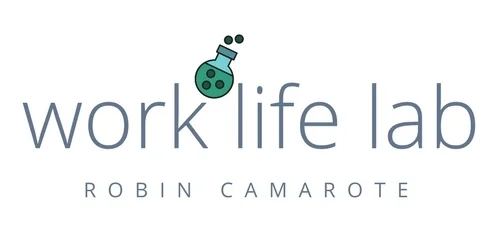There’s a rumor passed down from one Anthropology 101 class to the next each year. Eskimos have like 30 words for snow. Whether it’s true or not, the idea that communities come up with more descriptive terms for their most frequent events makes sense. It also makes sense that someone else who sees a snow a couple times a year would be baffled by this buffet. It’s just snow. Snow is snow.
Meetings are my snow. And, probably yours too.
Many of us work in a climate where the weekly forecast calls tons of meetings. They’re often back-to-back and sometimes go for days on end. Many are purposeless, energy-depleting endurance events and others have no value. It’s not news that meetings are unpopular.
But for someone who spends a lot of her time planning, attending, facilitating and following-up after meetings, this bad rep bums me out, man. I kinda like ‘em—especially the ones that are clear in the objective and when everyone is paying attention and participating.
Using the umbrella meeting label for any event calling for 2 or more people to communicate with each other is how meetings became comparable to unmedicated dental work. I’d argue that not all meetings are the same and the bad ones are ruining it for the rest. For example, conference, summit, gathering, and party are all meetings. These terms conjure up something specific with the expectation that something interesting will happen. Right?
On the flip side, here are a couple words that I think should be added to the lexicon that describe what we hate with more precision.
- Duck, duck, staff: When you go around the room and “tap” each person one at a time. Adding random selection to the typical, let’s-go-around-the-room update helps make sure everyone is paying attention.
- Monopo-me: Many gather at the request of one. Time is generously but begrudgingly donated to the cause making one person feel important and listened to. The real message heard? Me. Me. Me.
- Statusize: Like jazzercise but less strenuous. You’re not sure you actually accomplished anything but you showed up and there are points for that. Everyone does jazz hands at the ends because, well, it’s over.
- Strategery: Held annually because you’re supposed to or in crisis because you have to. These events have the build-up and the buzz words (strategic, innovative, creative, solution-oriented) but no real way to get there.
- Catch-up: Quick, casual and not time-sensitive. Just like the homonym suggests, you squeeze out what you can and don’t worry about what’s left in the packet. You have a dozen more in the glove compartment.
We should skim these dreaded events out of the pool and reserve the word “meeting” for those occasions when we get together with purpose, focus, and function.
Together, we can save meetings. Will you join me?




